How To Cook Fiddleheads – The Easiest Food to Forage
Zac K. 06.12.25
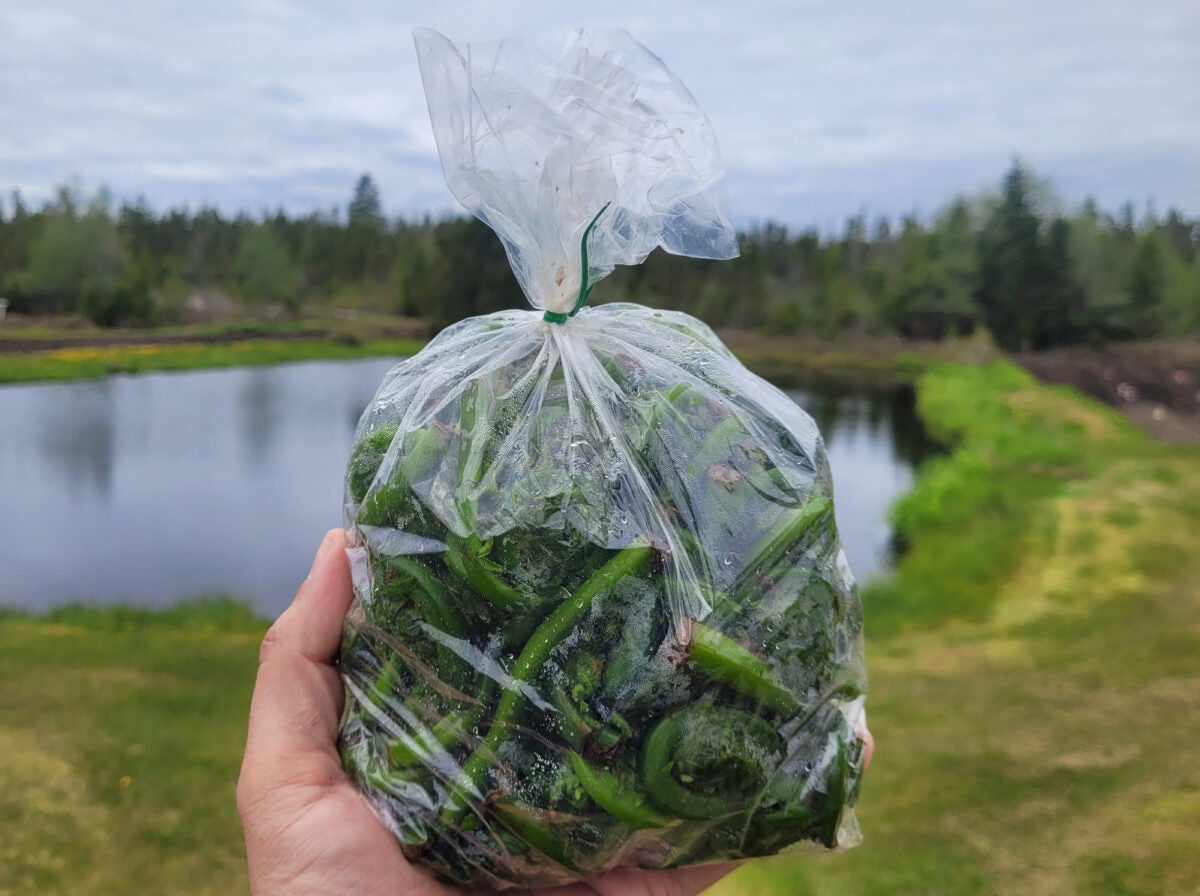
Spring is here, and as the woods green up, it’s time for foragers to start harvesting their first favorite, fresh food of the year – fiddleheads. If you’ve been harvesting them for years, chances are you know what to do with them after you’ve picked them. But if you’re trying this for the first time, here’s some useful information on what to do with them after they’re picked and how to cook fiddleheads. We should start by explaining what fiddleheads are. This spring greenery is the coiled-up tip of new growth on some species of ferns in the spring. As you can see in the photo below, these fronds look a bit like a fiddlehead—hence the name.
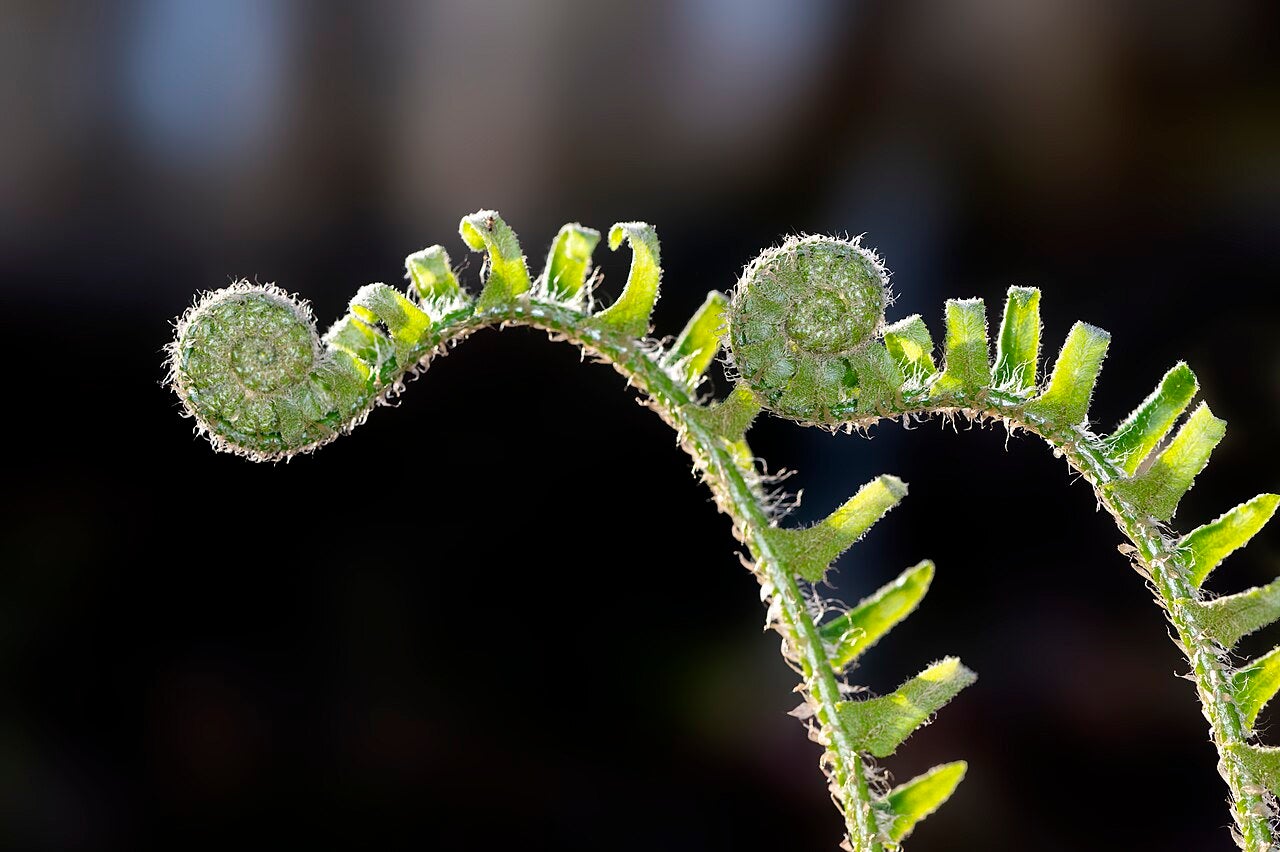
In North America, ostrich ferns (Matteuccia struthiopteris) are the species typically targeted by foragers. They grow in damp areas—often along the sides of rivers, streams or freshwater floodplains, popping out of the soil when waters recede, with multiple fronds coming out of a single bulb. The native tribes who inhabited North America before the European settlers ate fiddleheads, and introduced them to the pioneers as they landed and explored the New World.
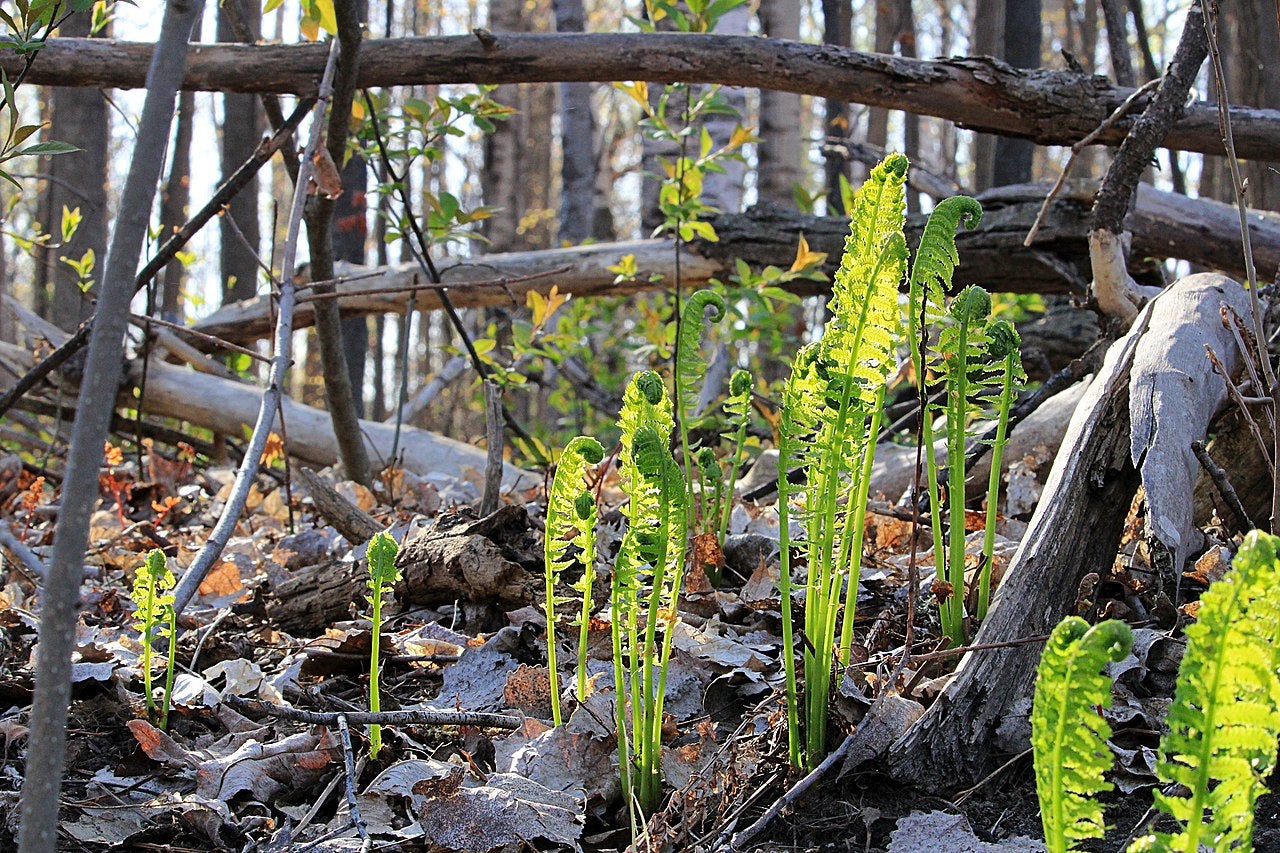
How to Cook Fiddleheads
Some people eat their fiddleheads raw, but health authorities in both the U.S. and Canada recommend cooking them. As per Health Canada’s official guidelines:
Cook fiddleheads in a generous amount of boiling water for 15 minutes, or steam them for 10 to 12 minutes until tender. Discard the water used for boiling or steaming the fiddleheads.
Cook fiddleheads before sautéing, frying, baking, or using them in other foods like mousses and soups.
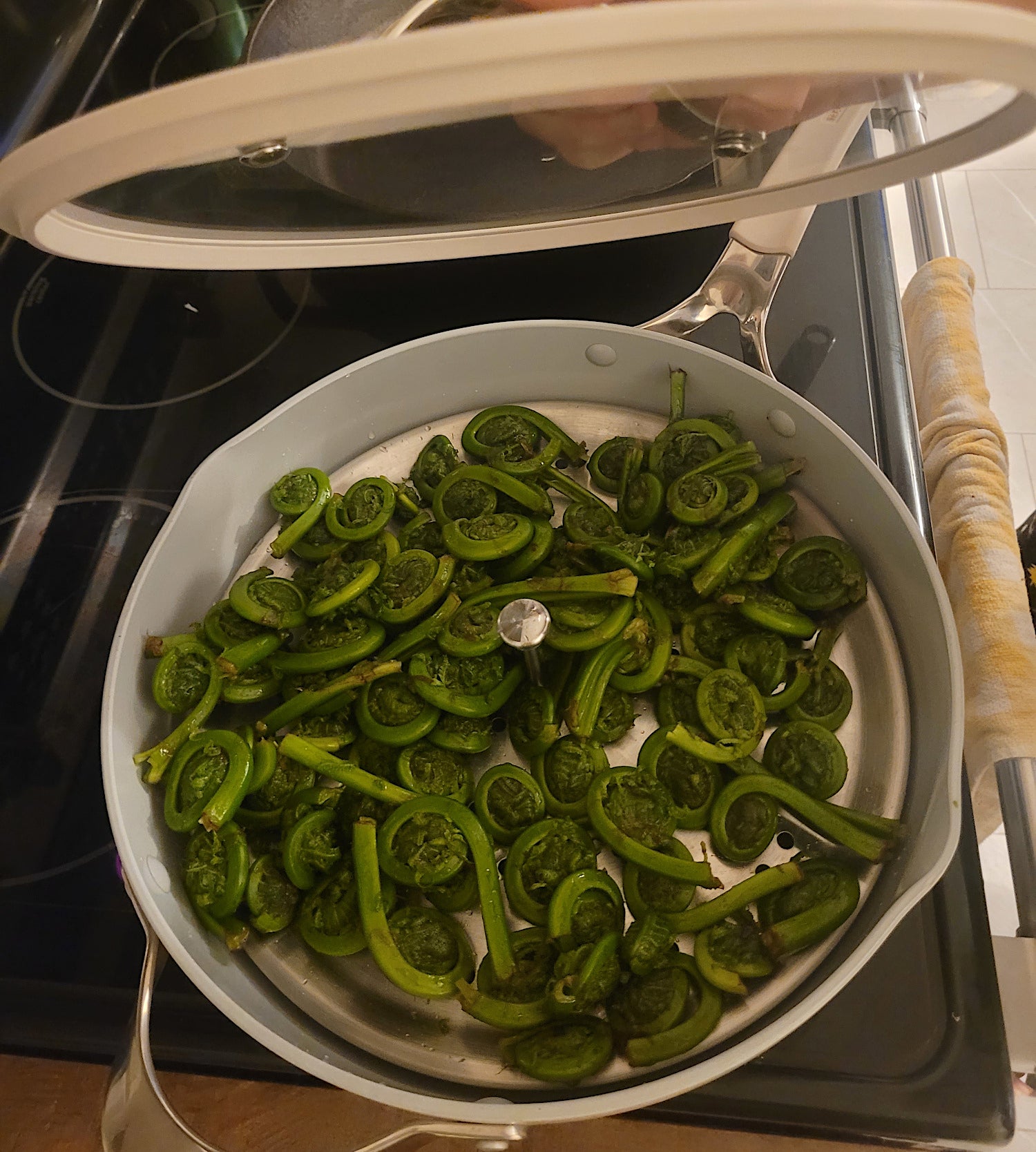
First, you must make sure the fiddleheads are clean, with their yellowed husks removed. Considering fiddleheads are picked from wetlands, where nasty bugs abound, this is important.
If you’re steaming the fiddleheads, get your saucepan ready. Cover the bottom with water, and put on a lid. Set the burner heat to medium-high; in our case, the last batch we did were steamed for 12 minutes after the water in the bottom of the pan started to boil. You can do it for longer, if you like your food mushy, or do it for a shorter period if you want the texture to be more firm.
Once you’re done steaming the fiddleheads, you can add whatever spices or flavors you like. We like a bit of vinegar and salt added to the pan, once the water’s drained. Add a little bit, and if you think you need more, add a little bit more. It’s hard to un-season your food, so take it easy on this stop.
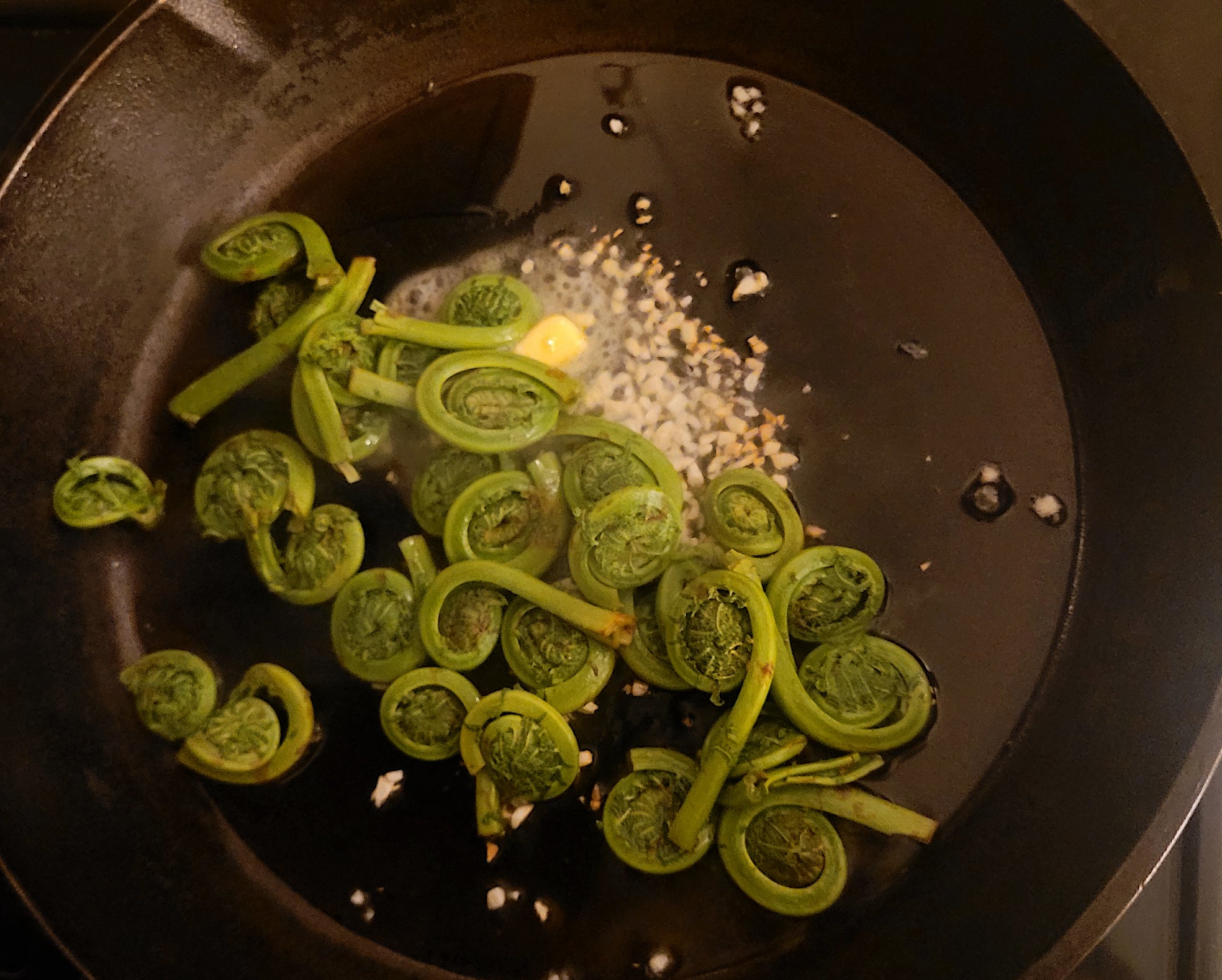
With the fiddleheads in the saucepan, you can sauté them for about five minutes—again, according to desired firmness—and then they’re ready to eat. You can salt them after cooking to add even more flavor, or add other spices.
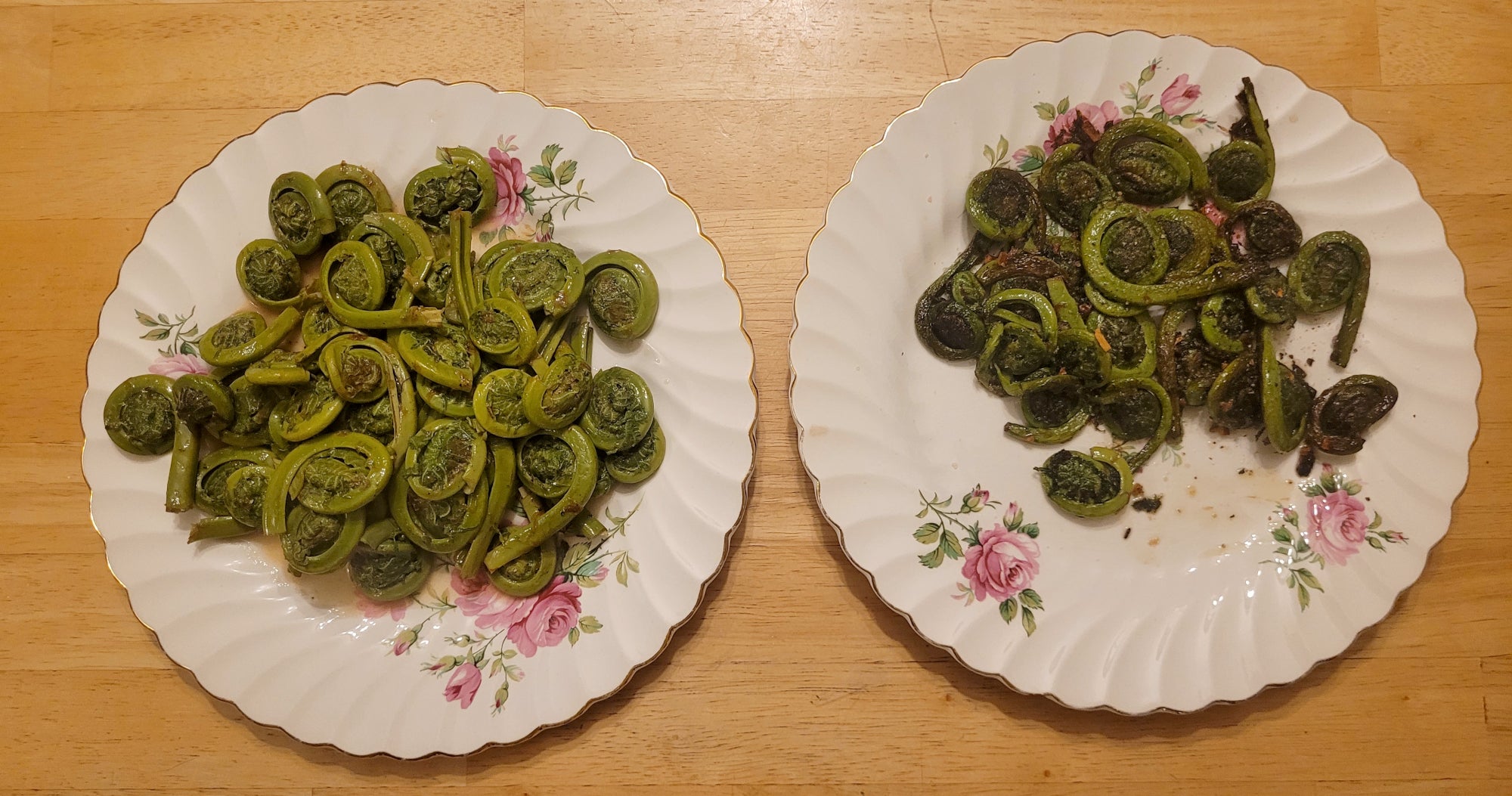
I’ve also heard of roasting fiddleheads, and I suspect the influx of air fryers will lead people to think of other new ways to cook these spring delicacies. Whatever your take—maybe you like to can them for winter?—these are some of the easiest plants to forage safely, and very basic guidelines will keep you safe no matter what cooking method you use. Again, Health Canada’s information here probably errs on the side of safety, and should be enough to keep you out of trouble.